Gulls kill whales
The whale in the Argentine waters has a new enemy, the gull. Every time the giant animals rise to the surface to breathe, the birds quickly land on their backs to poke skin, flesh and fat.
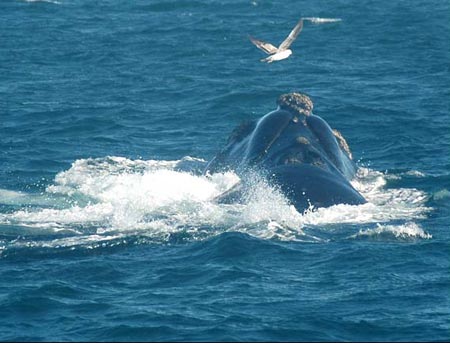
The attack in the picture occurred on the Valdes peninsula. Scientists have documented similar behavior of gulls 35 years ago, but until recently they conducted research seriously.
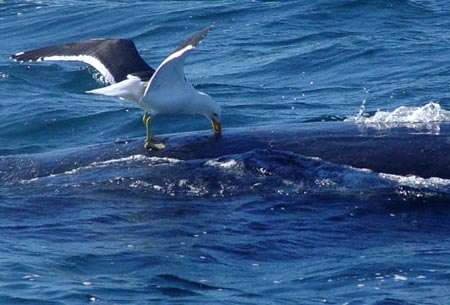
In 1974 only 1% of the whales in Argentina were gulled. But that rate increased to 78% this year.
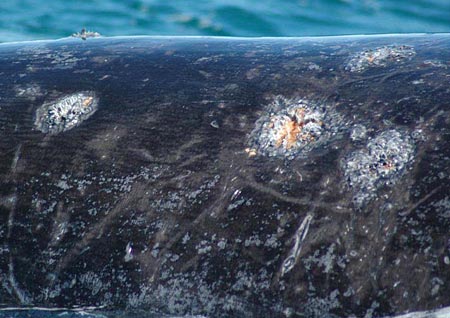
The gull leaves deep holes on the whale's back. Some wounds are approximately 100 cm in diameter and are made up of thousands of incisions.
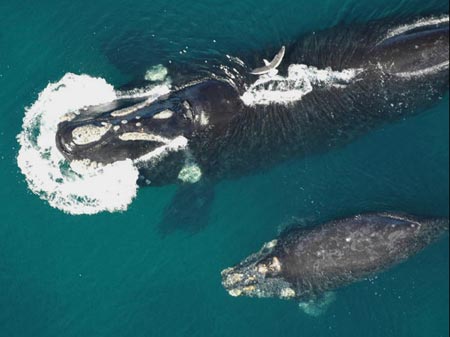
The favorite goal of gulls is newborn whales and their juveniles. A recent survey showed that 80% of the victims in the attacks were pair of mother-baby whales.
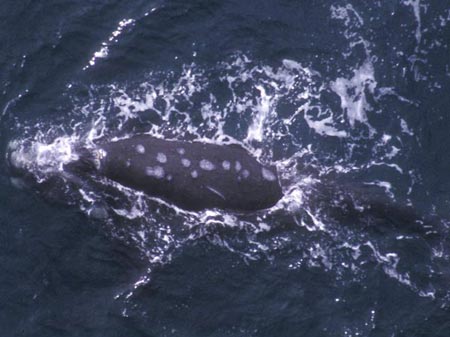
The number of whales dies because the gulls increase year by year, with the young whales making up the largest proportion. The feeding time of mother whales decreases because they are afraid of gulls. That situation makes many whales fall into malnutrition.
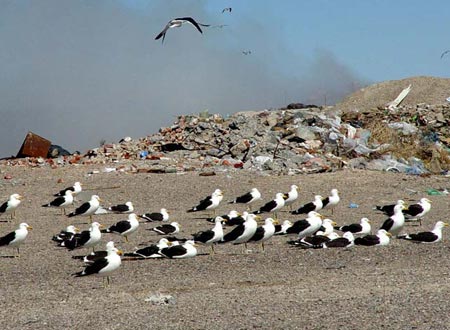
Scientists believe that gulls grew very rapidly in the last few decades because they ate waste from seafood processing plants near the coast. Gradually, they learn how to take meat and fat from live whales.

Most whales (except sperm whales) must be raised to the surface to breathe after 3-20 minutes so they cannot escape the gulls. The birds flew over the sea and dived like crazy when they saw whales.

Scientists fear that whales will go elsewhere to avoid gulls. For years they have always been opposed to shooting gulls, but now it seems to be the only way to protect whales.
- Gulls whale whale meat
- The killer killed whales from the sky
- Heartbroken image of gulls were pierced by arrows
- Birds 'invasion' city because of lack of bait
- Crocodiles never intentionally kill people
- Mother gulls helplessly watch her child swallowed by her kind
- Seagulls lonely 10 years to find a partner
- Whales cry because of aground, the action of the people makes everyone admire
- The 'whale' is about the size of a dinosaur
- The death of old whales brings countless benefits to oceans and ecosystems
- Nearly 150 whales die on the coast of Australia
- Video: Flock of ferocious whales eating main meat
 Animal 'suffering' after hibernation
Animal 'suffering' after hibernation Why do goats climb well?
Why do goats climb well? Scientists were surprised to see chimpanzees eating turtles
Scientists were surprised to see chimpanzees eating turtles Giant catfish died deadly due to drought in Thailand
Giant catfish died deadly due to drought in Thailand